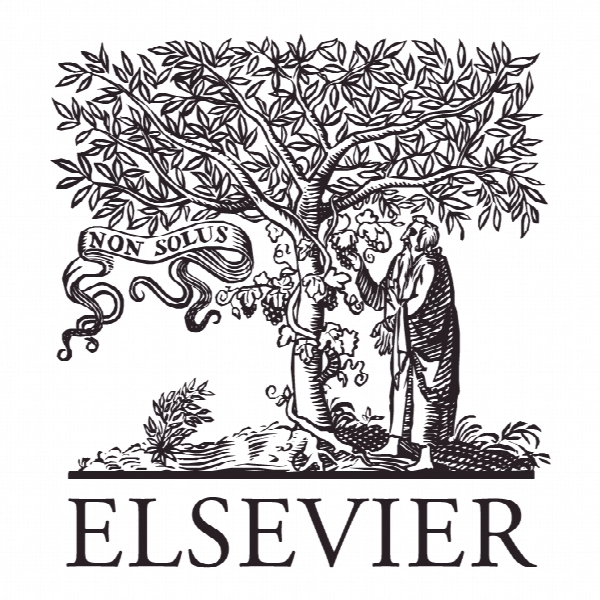اثر متقابل ساختار خاک بر عملکرد های لرزه ای قاب خمشی مقاوم از جنس بتن مسلح شده Soil-structure interaction effects on the seismic performances of reinforced concrete moment resisting frames
- نوع فایل : کتاب
- زبان : انگلیسی
- ناشر : Elsevier
- چاپ و سال / کشور: 2018
توضیحات
رشته های مرتبط مهندسی عمران
گرایش های مرتبط زلزله، سازه
مجله پروسه مهندسی – Procedia Engineering
دانشگاه University of Naples Federico – Italy
منتشر شده در نشریه الزویر
کلمات کلیدی انگلیسی Soil Structure Interaction; Dynamic Analyses; RC Moment resisting frames
گرایش های مرتبط زلزله، سازه
مجله پروسه مهندسی – Procedia Engineering
دانشگاه University of Naples Federico – Italy
منتشر شده در نشریه الزویر
کلمات کلیدی انگلیسی Soil Structure Interaction; Dynamic Analyses; RC Moment resisting frames
Description
1. Introduction In this paper, the results of a parametric study performed with the aim to investigate the effects of the Soil-Structure Interaction (SSI) on the seismic performances of reinforced concrete (RC) moment resisting frames (MRFs) are shown. Nonlinear dynamic analyses were performed varying (i) the soil properties, (ii) the modelling technique of SSI effects, (iii) the seismic design level of the structures. As concerns the soil, the different classes suggested by Eurocode 8 [1] were referenced, while as concerns the modelling technique of SSI effects, both a “direct” approach and a “sub-structures” were considered. Finally, structures of 4 and 8 floors designed for vertical loads only or according to the current Italian regulations for constructions [2] were considered. Before showing the results of the analyses, the reference structures are introduced, as well as the selected records and the mechanical properties of the soil deposits assumed for the numerical analyses. Moreover, some explanations about the numerical models implemented in OpenSees are provided. 2. Analyses Four different 2D RC MRFs were selected as reference structures. They can be considered as inner frames of “inplan” regular 3D buildings. The structures were designed according to different seismic code levels, in order to capture different periods of construction. Two of them were designed for gravity loads only (i.e. with no seismic provisions) according to [3], while two were designed with high level of seismic details according to the current Italian seismic code [2]. Table 1 summarizes the main characteristics of the reference structures, namely the total mass, the concrete and steel strength adopted in the numerical models and the fundamental elastic period. Further details about the structures analyzed in the study can be found in [4]. As concerns the soil properties, two types of clays (medium and soft), sortable respectively as soil type C and D according to [1] (see Table 2), were considered in order to obtain A set of 21 records was used for the dynamic analyses. In particular, three different sets of seven accelerograms were chosen by means of the software Rexel [6], respectively compatible on average with the Eurocode 8 type 1 spectrum (Group1), Eurocode 8 type 2 spectrum (Group 2) and Italian D.M. 14/01/2008 (Group 3). All the records refer to site conditions classified as rock according to EC8 (soil type A) with moment magnitude (Mw) and epicentral distance (R) that range between 5.0 < Mw < 7.0 and 0 < R < 30 km respectively. The compatibility with the response spectra was checked in the period range from 0.15 s < T < 2.0 s (see Fig.1).


